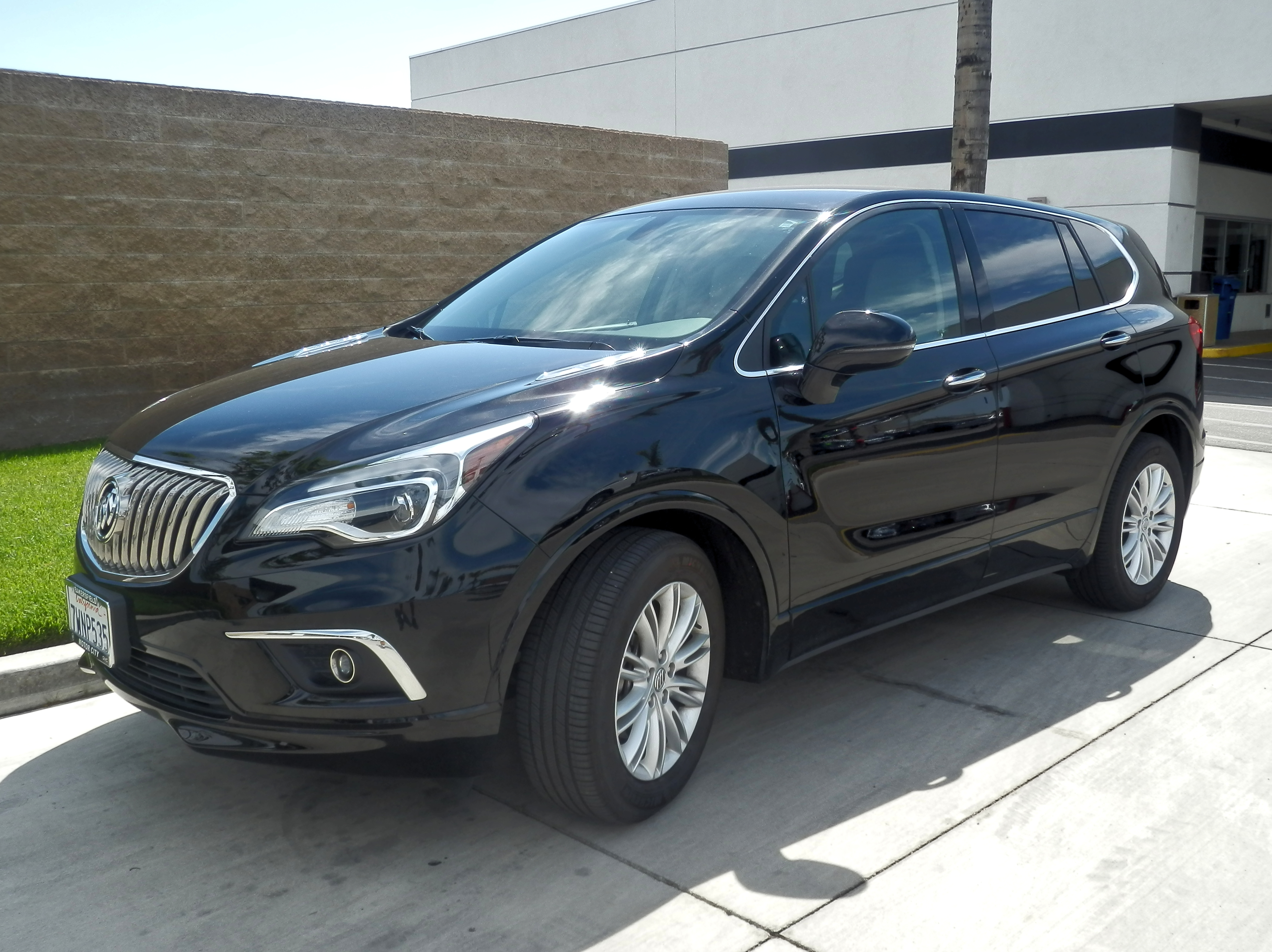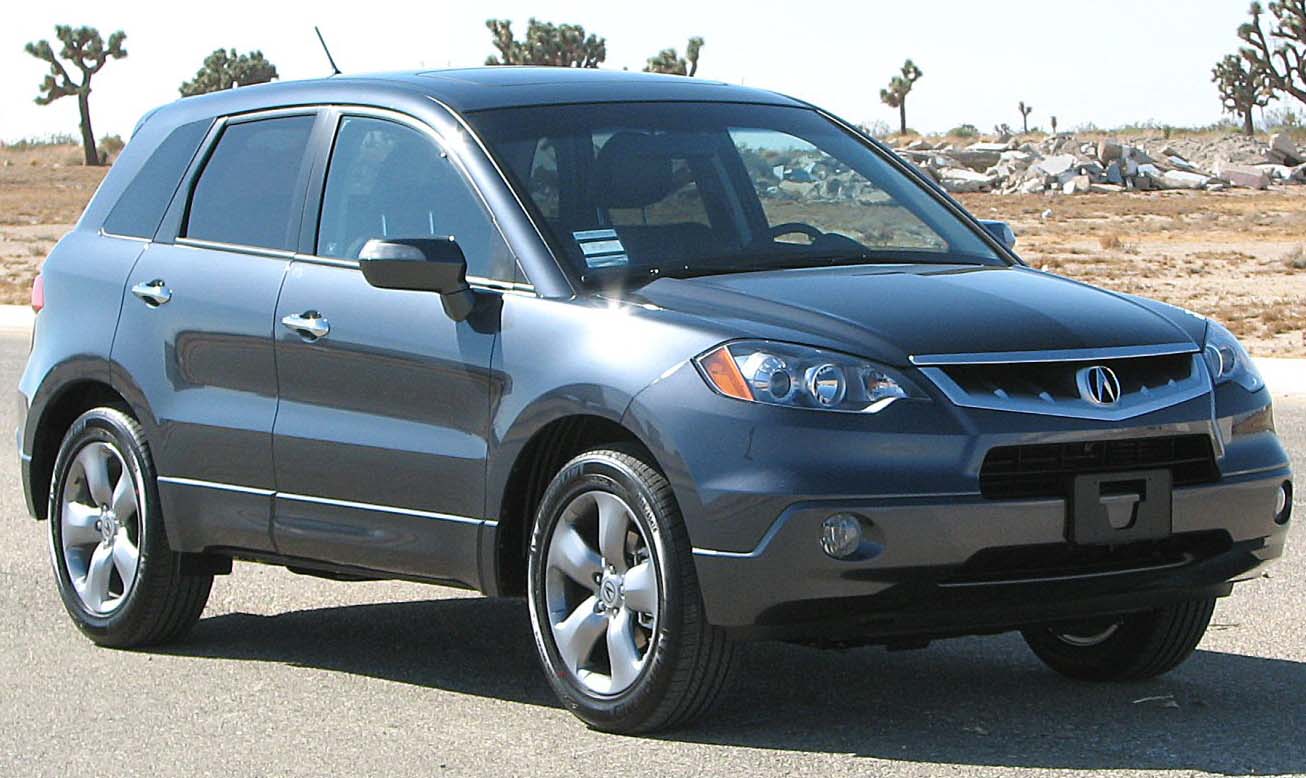Buick Envision. Photo by Alexander Migl.
Back in the 2000s, there was widespread talk of Chinese-built vehicles entering the USA market. The Chinese economy was growing rapidly, and a large middle class was emerging there, causing car sales and production to skyrocket. As late as 1985, only 5,200 cars were built in China. By 2008, China was the number-one country for automobile production in the world. Chinese cars were exported to most of the world, with the United States being one of the main holdouts. Safety was a big concern; many Chinese cars then were known for folding up like tissue paper in crashes. The Landwind, Brilliance BS6, and Chery Amulet were three well-known examples whose crash tests were seen around the world.
Times have changed. Chinese cars of today are much better in quality than they were a decade ago. Today, over a third of cars in the world are built in China, a total of over 24 million. Four models sold in the United States are built or have been recently built in China. The Buick Envision and Volvo S90 are exclusively imported from China. The Cadillac CT6 plug-in hybrid is built in China, but the standard variant is still built in Hamtramck, Michigan. The Volvo S60 Inscription was previously built in China, but since late 2018 all S60 variants have been built in South Carolina.
Of these four models, the Envision was the first to launch and is by far the best-seller. It is a compact premium crossover SUV that starts around $32,000. Reviews have been good, but worse than many vehicles in its class. Sales have been around 30 to 40 thousand per year.
Why a Buick? Believe it or not, Buick has been a very prestigious brand in China for over a century. Today, about 80 percent of Buicks sold in the world are sold in China.


